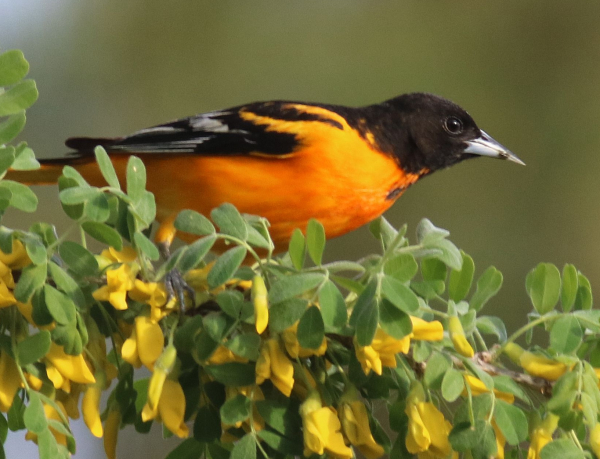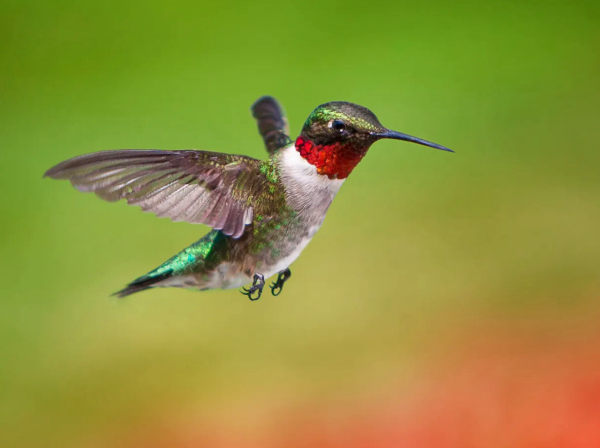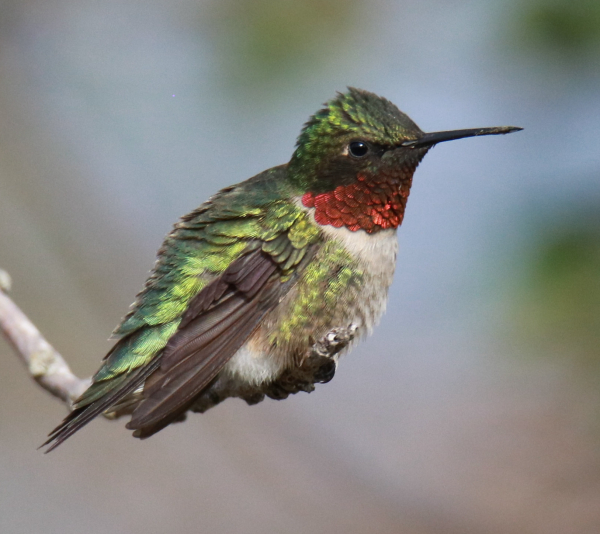Hummingbird Season
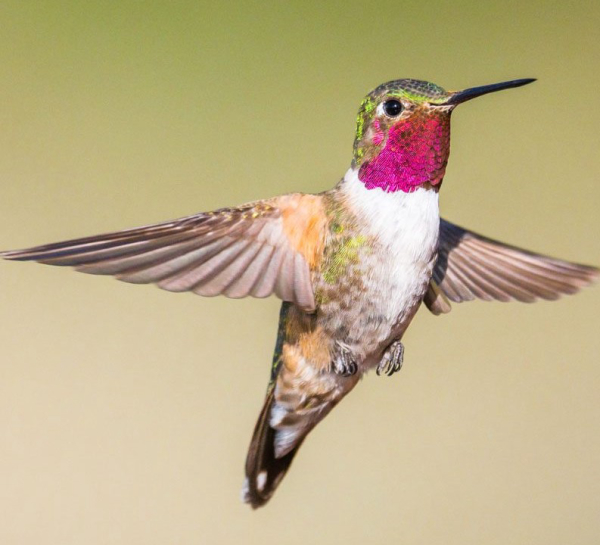
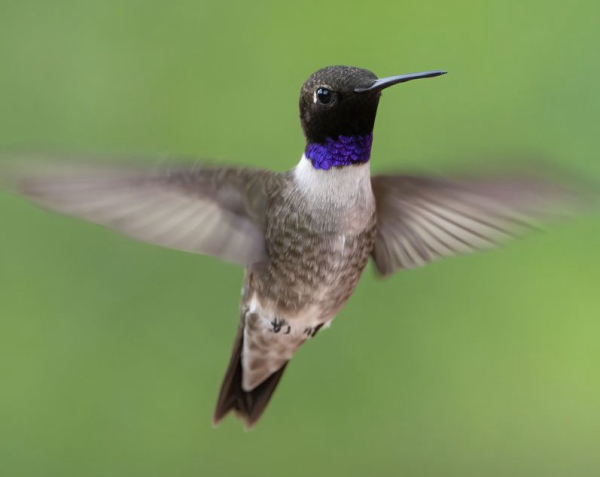
Among the northern-nesting hummingbirds – Ruby-throats, Rufous, Broad-tailed, Caliope; even Anna’s and Allen’s Hummingbirds – the nesting season and post-fledging period is complete for 2024. Now there are probably 2 or 3 times as many hummingbirds of each species migrating south with recent fledglings bolstering populations. Certainly, now the center stage is our feeders and flower gardens as they provide food, shelter, water, and resting areas; and the importance of these resources can’t be underestimated.
The best part about fall hummingbird migration is that the dynamos are not in such a rush during late summer; not like they were during their spring migration to nesting areas. But that’s a good thing as the hummingbirds that stopover will likely spend additional time in our yards, neighborhoods, school campuses, business properties, and church yards, as long as they find what they need.
Readers’ interest in hummingbirds became more evident when we began receiving many more photos and letters describing reader’s hummingbird experiences after a recent hummingbird article. That’s been very exciting, and we wanted to respond by providing a sequel article here.
Keeping a hummingbird feeder active is easy, as long as you live within the range of one or more of the hummingbird species: 1) keep it filled, 2) keep it fresh (the nectar); 3) keep it clean (your feeder), and 3) mix your white cane sugar-water nectar at a ratio of 1 part sugar to 4 parts water (we use a shot glass to measure, just for fun). How simple is that? Next subject please …
Of course, we also see hummingbirds hunting and feeding on tiny insects and spiders daily. It’s interesting to watch them as they hunt, and appreciate that often when you see a hummingbird working its way from plant to plant, flower to flower, it may be feeding on tiny bugs hidden among the vegetation and blooms – watch closely.
Other information sources about each species of hummingbirds found in North America include All About Birds at Online bird guide, bird ID help, life history, bird sounds from Cornell | All About Birds If you type “hummingbird” into the Enter Species box, all North American hummingbird species will be listed, allowing you to choose the species you want to learn more about. It’s especially interesting to view the Maps that provide a look at their wintering, migration, and nesting ranges.
To learn all about Ruby-throated Hummingbirds, see Ruby-throated Hummingbird Overview, All About Birds, Cornell Lab of Ornithology
And there is a special article about the 9 Hummingbird Species you are most likely see north of Mexico at 9 Hummingbird Species to Look Out for This Summer | All About Birds All About Birds
For more information about hummingbirds and to view a live camera feed of a super-sized feeding station for hummingbirds, visit the HummingbirdSpot at Hummingbird Facts Information | Hummingbird Feeder | Bird Photography (hummingbirdspot.com)
In case you are interested in taking a full-fledged course to learn all about hummingbirds, you can check out The Wonderful World of Hummingbirds, offered by the Bird Academy at the Cornell Lab of Ornithology; see The Wonderful World of Hummingbirds | Bird Academy • The Cornell Lab (allaboutbirds.org)
You can also refer back to The Birding Wire article, “It’s Hummingbird Migration Time Again,” to reference the popular article that many readers appreciated and responded to at It’s Hummingbird Migration Time Again! | Birding Wire
Hummingbird Photography is not all that difficult, but the iridescent plumage of hummingbirds requires sunlight to turn what looks like gray-green plumage into brightly shining green feathers. Therefore, photograph in open sunlight, with the sun behind you, and preferably during the morning and late afternoon when the sun is at a 20 and 60 degree angle to the horizon. Try to use a very fast shutter speed as you photograph at your feeders, flower garden, or anywhere you find hummingbirds.
Found only in the Americas, these tiny, beautiful dynamos never cease to grab our attention, never cease to amaze us. Many non-birders, especially some people in the eastern half of the United States and Canada, still think there is a single species of hummingbirds. It’s time we birders start spreading the word about hummingbirds, pointing out that there are actually more than a dozen different species of hummingbirds found north of Mexico. Even more fantastic a slice of information to share is that there are fully 363 species of hummingbirds found in North America, Central America, the Caribbean, and South America – hummingbirds are only found in the Western Hemisphere, in areas from Alaska to Argentina.
There is much more to share about hummingbirds with people, including children in your life, and seniors in your life. Enjoy the hummingbirds around you while they are in your yard, perhaps in peak numbers or probably building toward peak numbers, as we begin September – and take a few photos of them while you’re at it.
Share your backyard birding experiences and photos with The Birding Wire at editorstbw2@gmail.com



